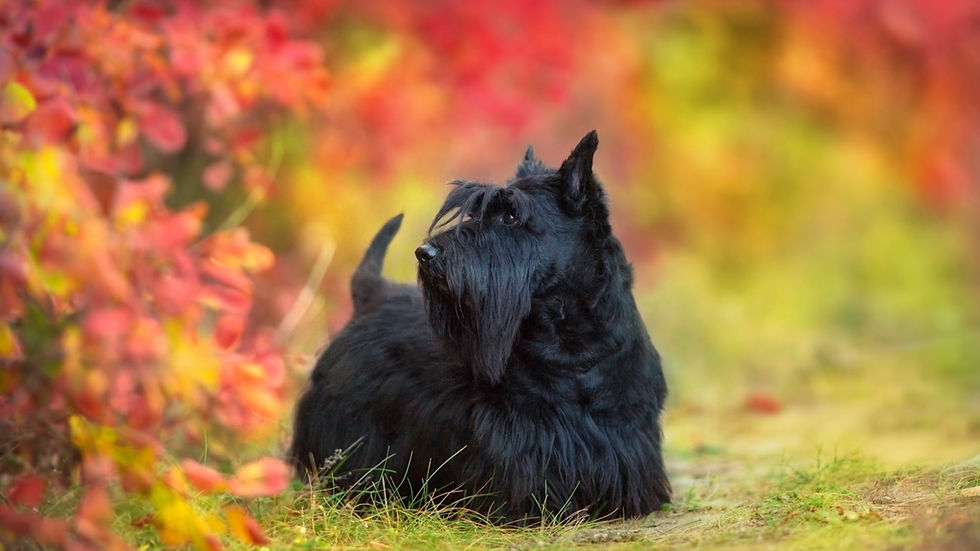Click the tartan to view its entry in The Scottish Registers of Tartans which includes registration details, restrictions, and registrant information.
Unregistered tartans may link to one of the web's online design environments for similar information.
For any questions about reproduction of designs or weaving of these tartans, please contact the registrant directly or via this website.
Snowy Winter Walks
"Black are my steps on silver sod;
Thick blows my frosty breath abroad;
And tree and house, and hill and lake,
Are frosted like a wedding cake."
~ Winter-Time, Robert Louis Stevenson, 1885
For many in the Northern Hemisphere, winter still holds its icy grip, with thick blankets of snow covering the ground and delicate flakes drifting from the sky. On clear days, though, snow shadows may appear in brilliant shades of blue, a natural spectacle shaped by the interplay of light and atmosphere! While the sun and sky together illuminate the snowy landscape, the intensity of sunlight typically dominates, casting sunlit areas in warm, golden hues. In contrast, the shaded portions of the snow receive light only from the blue sky above, resulting in their distinct bluish tint. This effect, a product of the way snow reflects and scatters light, is also influenced by the crystalline structure of snowflakes, which allows blue wavelengths to penetrate deeper than warmer tones. The cool colourways in this tartan utilizes a spectrum of blue shades and shadows to mimic this effect!
One of the first artists to capture this striking blue visual contrast was Claude Monet. Unlike traditional academic painters who rendered shadows in dull grays or blacks, Monet and his fellow Impressionists embraced the vibrant, ever-changing colors of natural light. In his famous winter landscapes, he painted snow shadows in luminous blues and violets, challenging artistic conventions and bringing his canvases to life with the shimmering, dynamic effects of light and atmosphere. 💙 🤍 🖤 💙 ❄️ ❄️ ❄️
In addition to the beautiful shadows of snow cast by light, there are other types of "shadows" which occur in nature having to do with snow melt patterns:
Linear snow "shadows" are straight lines of snow left on the ground as a result of the shaded and cooler areas cast by tree strucks which last longer than the more brightly lit areas between in which the snow melts due to the warmer ground temperature.
Circular snow "shadows" which appear around the perimeter of a tree trunk can be a result of different soils or mulch which warm at a different temperature than the surrounding areas which are frosted through snow which falls through the bare brances of a tree.
Reverse snow "shadows" are formed when snow appears around a tree or shrub as a white ring with bare soil on either side. This can occur on a warm day which turns cold, causing the ground to cool quickly and allow the falling snow to accumulated there, while the other areas retain the heat and melt the light snow.
"Snow melt" shadows appearing after a winter warm period, and especially in spring, when the snowpack appears to recede from tree trunks. In this case, a light-colored surface (such as snow) reflects the sun’s energy away, while a dark surface (such as a tree trunk) tends to absorb the sun’s energy. The result is that the tree trunk warms up, and the heat radiated from the trunk melts the nearby snow. Similar shadows may be found around boulders protruding from the snowpack.
There are even more phenomenon regarding the growth of shrubs and trees from vestigial snow packs which fall unevenly causing different growth patterns and flowerings!
For a tour of famous paintings of snow and shadows, click the Snow and Shadows photograph!









